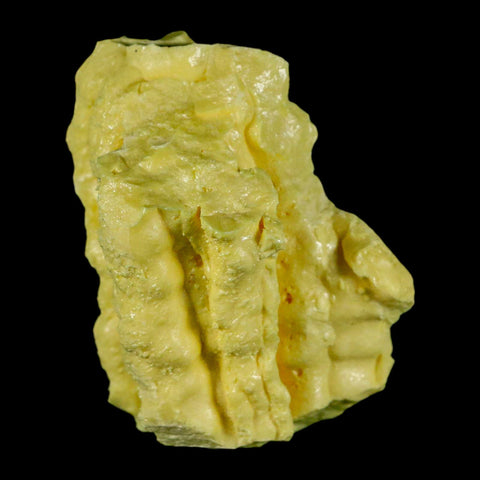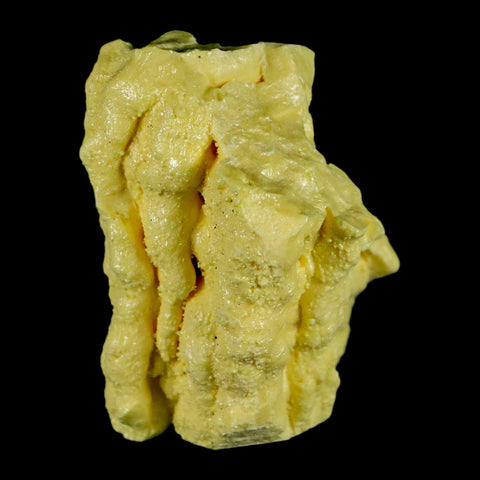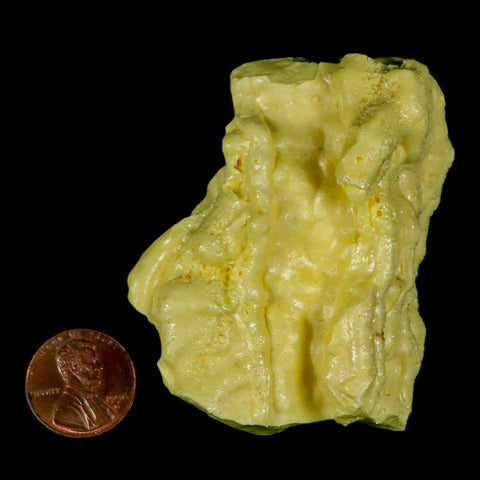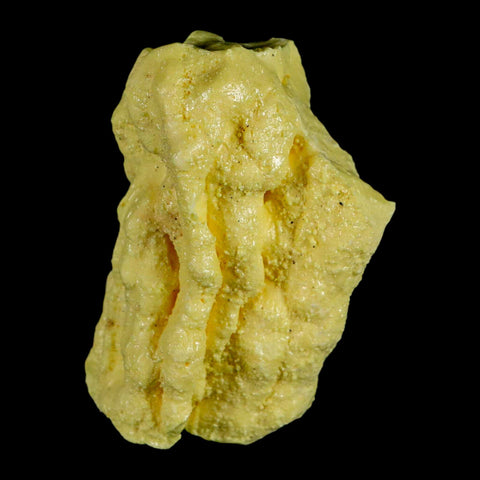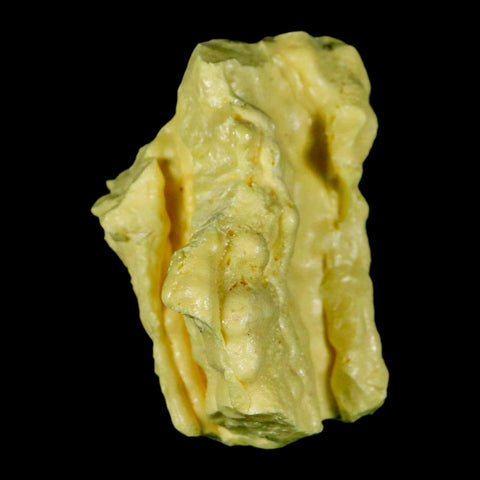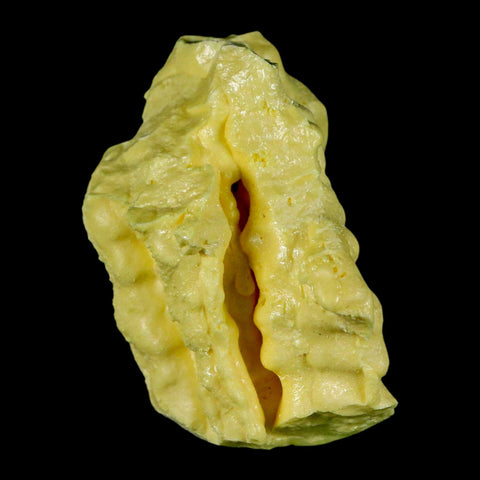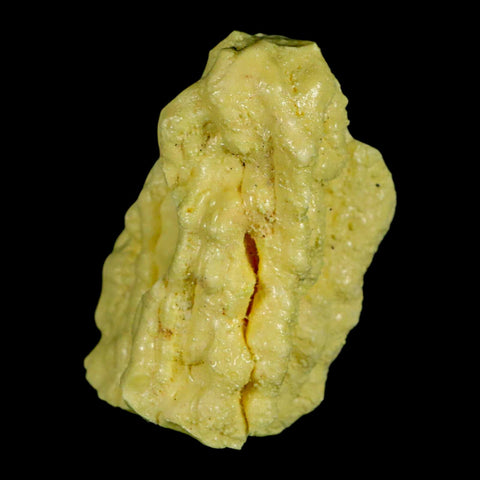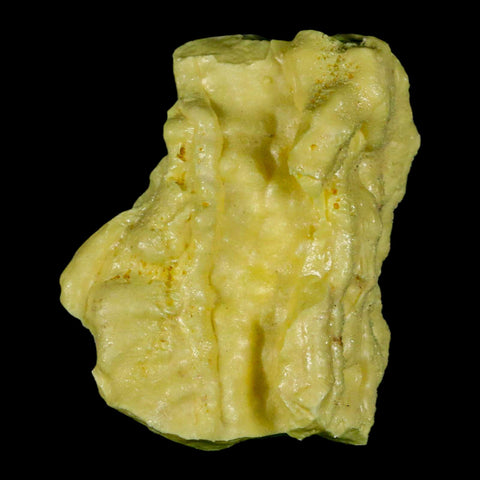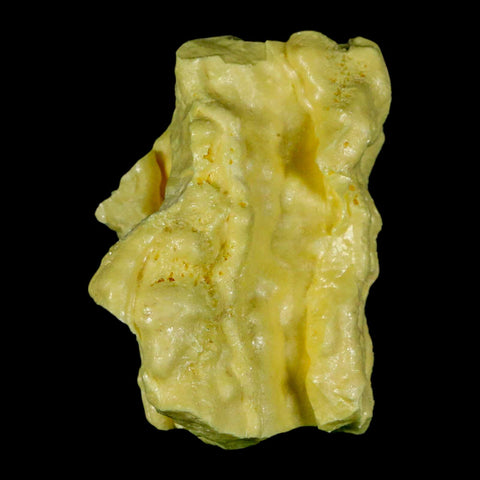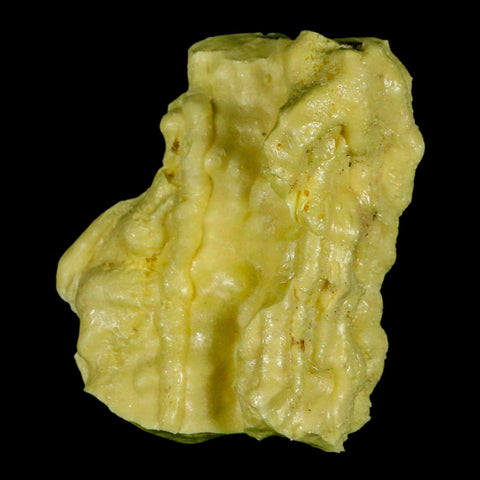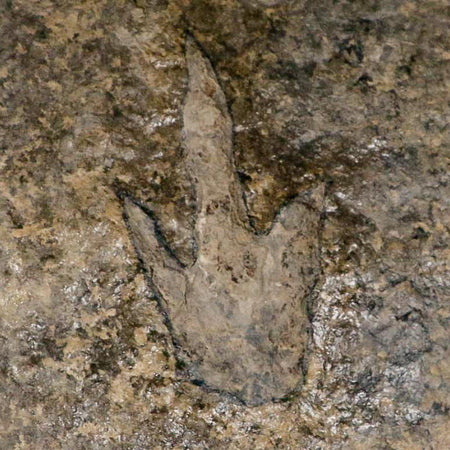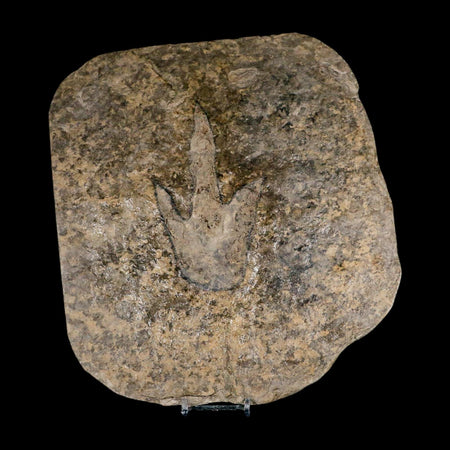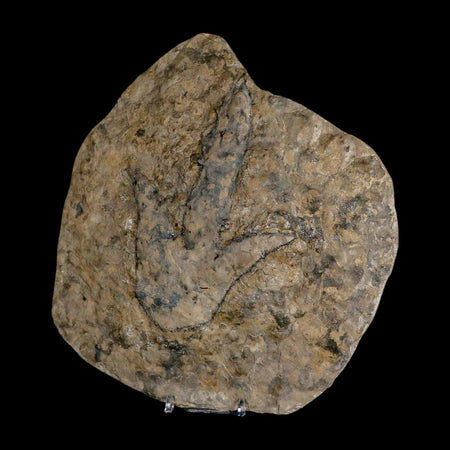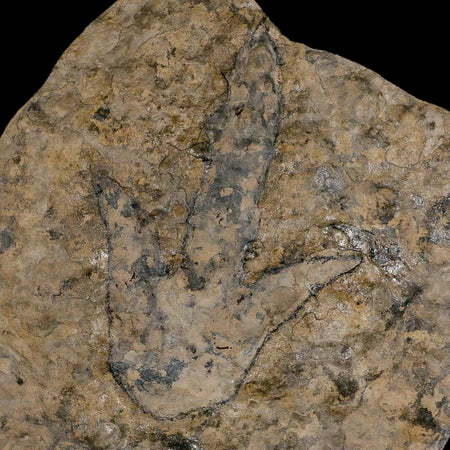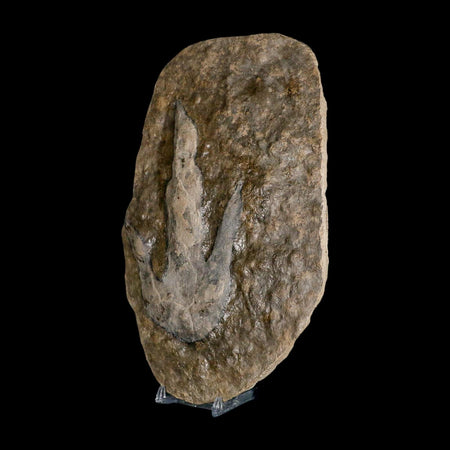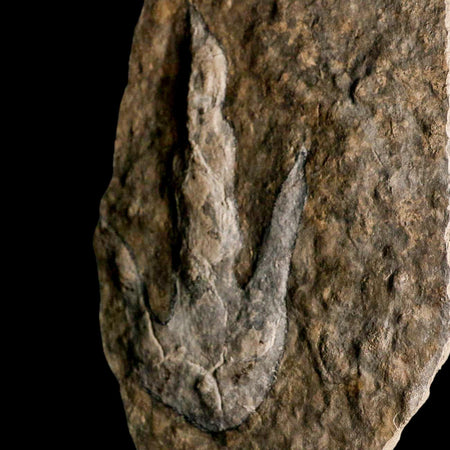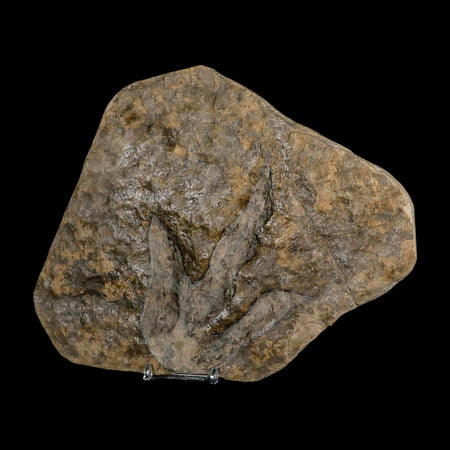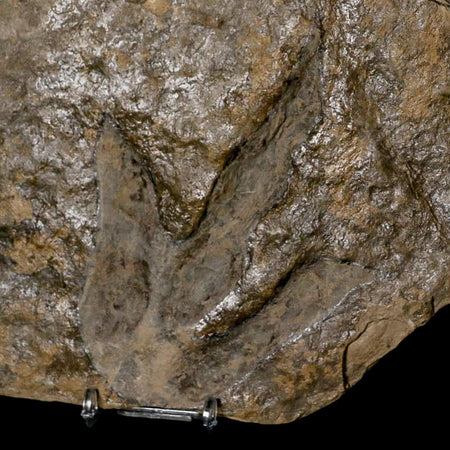2.5" Rough Bright Yellow Sulfur Crystal Mineral Specimen From Louisiana
Location: Sulfur, Louisiana, United States
Weight: 3.2 Ounces
Dimensions: 2.5 Inches Long, 2.1 Inches Wide, 1.7 Inches Thick
The item pictured is the one you will receive.
Sulfur, especially native sulfur, has long held historical and economic significance in Louisiana due to its unique geological formation. The state’s sulfur deposits are primarily associated with the caprock of salt domes, a distinctive geological structure commonly found throughout the Gulf Coast region. These salt domes create ideal conditions for the accumulation of sulfur through bacterial sulfate reduction, a process where bacteria convert anhydrite (calcium sulfate) into elemental sulfur using hydrocarbons as an energy source.
The high purity of Louisiana’s native sulfur, often referred to as “brimstone,” made it a valuable commodity for industries producing sulfuric acid, fertilizers, chemicals, and explosives. Over the decades, innovative extraction methods, most notably the Frasch process, allowed miners to efficiently access sulfur even under challenging geological conditions, such as unconsolidated sediments and quicksand overlaying the deposits.
While direct sulfur mining has largely declined due to economic changes and the availability of sulfur as a byproduct of natural gas processing, Louisiana’s sulfur deposits remain a key part of the state’s industrial history. The combination of unique salt dome geology and pioneering extraction techniques highlights the state’s role as a global leader in sulfur production during the 20th century.
The formation of these sulfur deposits is a result of the bacterial reduction of anhydrite (calcium sulfate) within the caprock. This process, known as bacterial sulfate reduction, utilizes hydrocarbons as an energy source and produces hydrogen sulfide. The hydrogen sulfide then reacts with oxygenated groundwater to form elemental sulfur. This biogenic origin distinguishes Louisiana's sulfur deposits from those formed by volcanic activity or other geological processes.
Initial sulfur mining endeavors in Louisiana were hindered by unstable sediments and pervasive quicksand. The advent of the Frasch process, pioneered by Herman Frasch, fundamentally transformed this industry. This sophisticated technique entailed the injection of superheated water into sulfur-rich strata to liquefy the mineral, followed by the extraction of molten sulfur via compressed air. By rendering sulfur extraction economically feasible within such challenging geological contexts, the Frasch process secured Louisiana’s prominence as a leading global sulfur producer for many years. The resulting brimstone, noted for its exceptional purity, served as an essential resource across diverse sectors, including sulfuric acid manufacture, fertilizers, chemicals, and explosives. Although direct sulfur mining has largely waned due to economic shifts and alternative sulfur sources from natural gas processing, the legacy of these deposits and the innovative extraction methodology remain integral to the state’s industrial and geological heritage.


